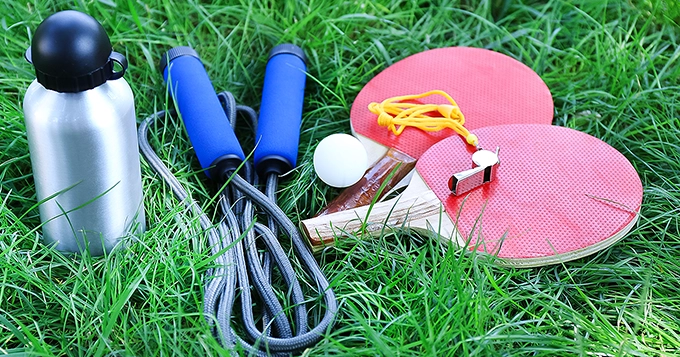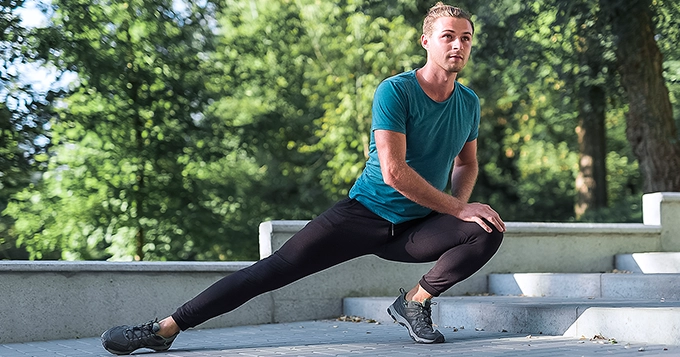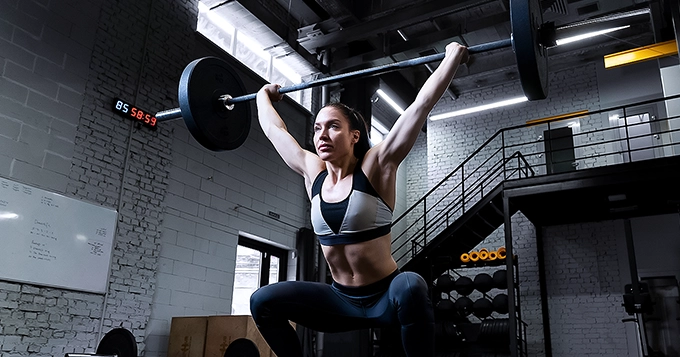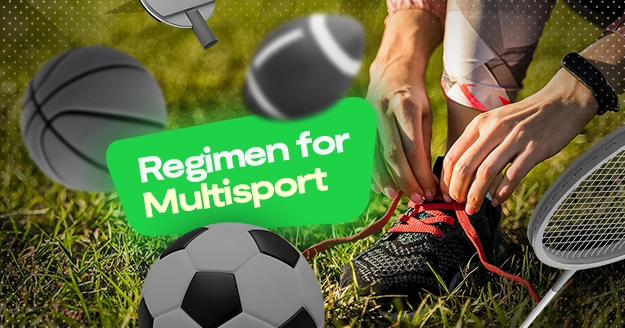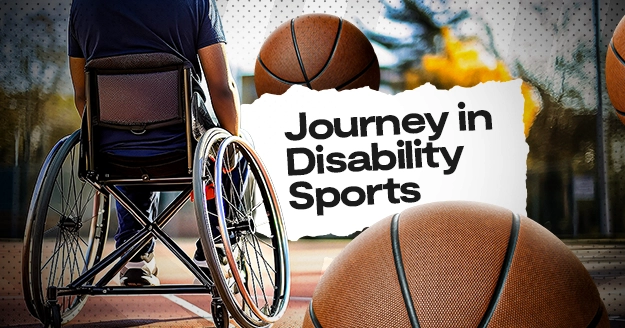Benefits of Being a Multisport Athlete
- Enhanced Overall Fitness
Engaging in a variety of sports challenges different muscle groups, leading to a more well-rounded level of fitness. Cross-training helps improve cardiovascular endurance, strength, agility, balance, and flexibility, making you a more capable and versatile athlete.
- Reduced Risk of Overuse Injuries
Playing multisport prevents what? Injuries from using the same muscles repeatedly for a long time.
Focusing solely on one sport can lead to overuse injuries due to repetitive motions and stress on specific muscles and joints. By participating in multiple sports, you can mitigate the risk of overuse injuries by varying the movements and impact on your body, promoting better overall joint health and longevity in your athletic pursuits.
- Mental Stimulation and Motivation
Switching between different sports keeps your training regimen fresh and exciting, preventing boredom and burnout. Each sport presents its own challenges and goals, keeping you mentally engaged and motivated to continue pushing yourself to new heights.
- Adaptability and Versatility
Multisport athletes are adept at adapting to different environments, terrains, and conditions. Whether it’s cycling through varied terrain, navigating rugged trails, or swimming in open water, the ability to thrive in diverse settings enhances your overall resilience and adaptability as an athlete.
- Broader Skill Set and Athletic Development
Each sport requires its own techniques and skills, which translates to a more diverse skill set as a multisport athlete. Whether it’s mastering the art of pacing in endurance events, honing your agility in team sports, or refining your coordination in individual pursuits, the skills you acquire in one sport often complement and enhance performance in others.
- Improved Recovery and Injury Rehabilitation
Engaging in different activities allows for active recovery by using alternative muscle groups while giving fatigued muscles a chance to rest and recover. Additionally, participating in low-impact sports or activities during injury rehabilitation can facilitate recovery and maintain fitness levels without exacerbating the injury.
- Athletic Fitness Multisport Community and Camaraderie
Multisport events often foster a strong sense of community and camaraderie among participants. Whether it’s through group training sessions, local clubs, or racing events, connecting with fellow athletes who share your passion for multiple sports can provide invaluable support, encouragement, and a sense of belonging.
Lifelong Enjoyment of Physical Activity
Embracing a multisport lifestyle promotes a lifelong commitment to physical activity and overall health. By finding enjoyment and fulfillment in a variety of sports and activities, you’re more likely to maintain an active lifestyle well into adulthood, leading to improved health outcomes and quality of life.
Now for tailoring your fitness regimen for multisport achievement:
Assess Your Goals and Abilities
Before diving into multisport training, it’s crucial to evaluate your objectives and current fitness level. Consider the following:
- What sports do you wish to excel in?
- Are you a beginner, intermediate, or advanced athlete?
- What are your short-term and long-term goals?
- Do you have any physical limitations or existing injuries?
By answering these questions, you’ll better understand which sports to focus on and how to tailor your training accordingly.
Design a Customized Fitness Plan
Now that you’ve assessed your goals and abilities, it’s time to create a personalized fitness regimen. Here are some tips:
- Address your weaknesses. Pinpoint the areas where you need the most improvement, whether it’s swimming, cycling, or running, and concentrate on those aspects during your training sessions.
- Allocate time for each sport based on your objectives and current fitness level. For instance, if you’re a beginner, start with shorter sessions and slowly increase your exercise duration and intensity.
- Incorporate brick workouts. Brick workouts entail merging two or more activities, such as cycling and running, to mimic the challenges of a triathlon or multisport event. These sessions aid in enhancing endurance and refining transitions between activities.
- Improve Your Transitions. Smooth transitions are key to race success, so dedicate time to practicing them in your training. Create a transition area where you can practice changing clothes, putting on shoes, and organizing your gear between disciplines.
- Incorporate strength training to enhance overall performance, prevent injuries, and promote muscular balance.
- Include flexibility and mobility work to maintain a healthy range of motion and prevent injuries.
How to Prepare Your Body for Multisport
Cross-Training
Cross-training is the art of incorporating different sports and exercises into your fitness routine. This approach not only keeps your workouts exciting but also offers numerous benefits, such as:
- Enhance your overall fitness level
- Reduce the risk of injury
- Boost your motivation and enjoyment by avoiding monotony
- Improve your performance in specific sports by addressing weaknesses and complementing strengths
Proper Nutrition
For training day, your body needs the correct fuel to function at peak efficiency. A balanced diet that is high in healthy fats, lean protein, and complex carbs. Make sure to eat lots of colorful fruits and veggies. Drinking enough water is also essential. Stay hydrated with plenty of water and electrolyte-rich liquids to maintain your body in top working order.
Medical Check-Ups
Before embarking on any new exercise regimen for your multisport fitness goals, it’s vital to undergo a medical assessment to ensure your fitness level and overall health are conducive to physical activity. Here are some assessments you can have:
1. Physical Examination: A comprehensive evaluation of your general health status, including vital signs, heart and lung function, and a thorough examination of various bodily systems. You can also opt for blood tests to check for underlying medical issues.
2. Stress Test: This test evaluates your heart’s response to physical exertion. It involves monitoring your heart rate and blood pressure while you engage in treadmill walking or stationary cycling, providing insights into any cardiac abnormalities.
3. VO2 Max Test: This assessment measures your body’s maximum oxygen consumption during exercise, offering valuable insights into your aerobic fitness level.
4. Body Composition Analysis: This test quantifies your body fat percentage and lean muscle mass, aiding in the identification of weight management goals and the formulation of appropriate dietary and exercise strategies.
Monitor and Adjust
As you embark on your multisport journey, keep track of your progress and make adjustments when necessary. Regularly assess your performance, pay attention to how your body responds to training, and adjust your regimen as you see fit. Be open to modifying your training plan to accommodate your evolving needs.
If you’re feeling fatigued or experiencing persistent pain, don’t hesitate to take a step back and give yourself time to recover. Overtraining or pushing through injuries can lead to setbacks and long-term damage.
Seek Expert Guidance
Consider working with a personal fitness trainer who specializes in multisport training. They can provide personalized guidance, create structured training plans, and offer valuable feedback to help you reach your goals more efficiently.
